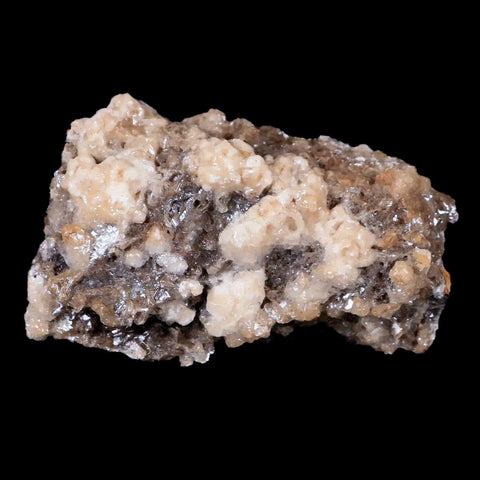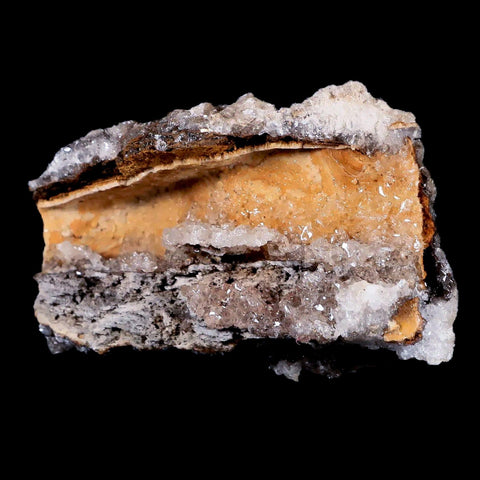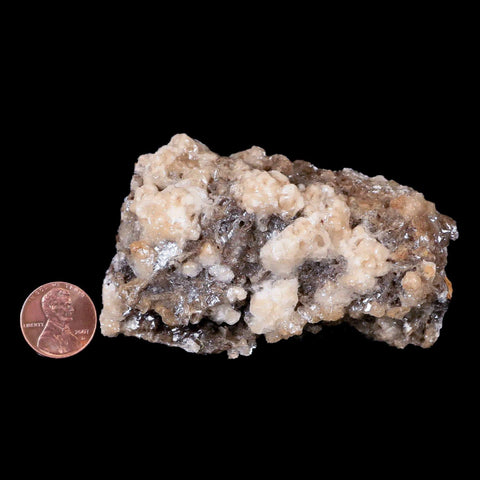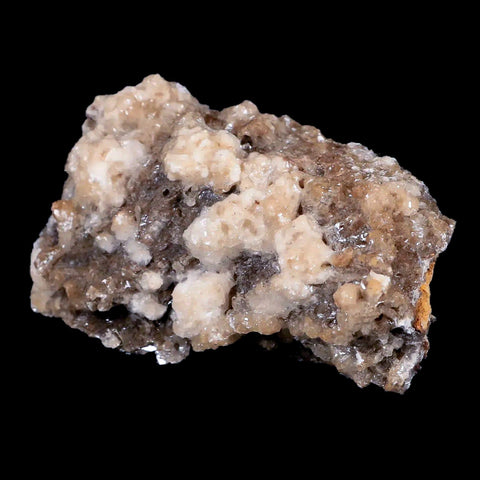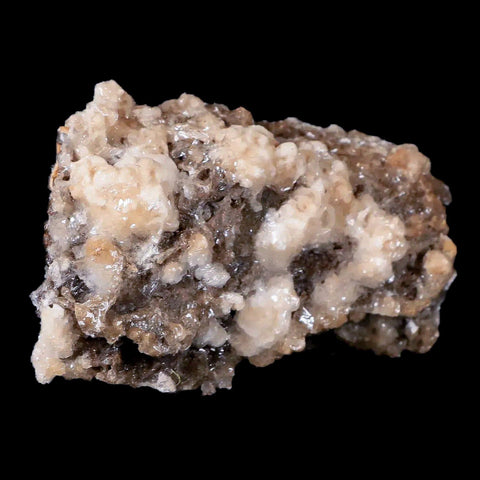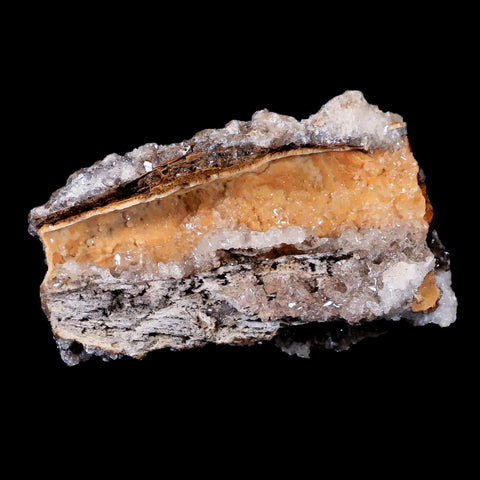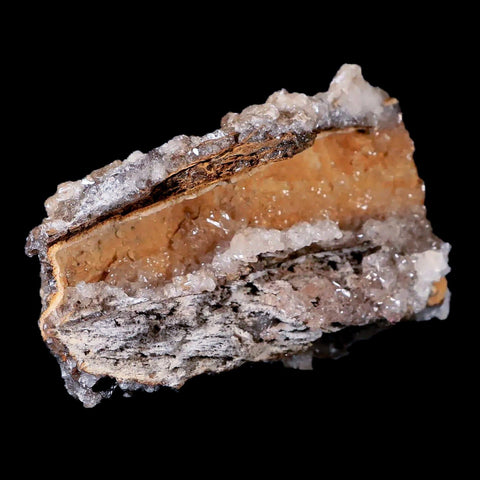3.3" Aragonite Cave Calcite Crystal Cluster Mineral Specimen Morocco
Location: Morocco
Weight: 3 Ounces
Dimensions: 3.3 Inches Long, 2 Inches Wide, 1.5 Inches Wide
The item pictured is the item you will receive
Aragonite is crucial for many living organisms on Earth, especially invertebrates that rely on it to form their shells and rigid structures. When you admire a colorful seashell, you are witnessing the variety of colors Aragonite can display, as well as its ability to form easily at the Earth's surface. Aragonite and calcite are polymorphs—minerals with the same chemical composition but different crystal structures. These minerals often appear together and are so alike that only expert geologists typically distinguish between them. In today’s oceans, calcite is more stable and common, but in Earth’s past, Aragonite was sometimes the dominant form. Physically, these minerals are nearly indistinguishable.
Calcite is a calcium carbonate mineral with a hardness of 3. It comes in a wide variety of forms and colors and is found on every continent of the world. Calcite makes up the major part of marble and limestone. Yellow Calcite usually occurs in massive rather than crystalline form, and the best specimens come from Mexico.
Calcite derives its name from the Greek word “chalix,” which means lime. This mineral is found in numerous colors such as red, green, orange, yellow, blue, pink, clear, black, and white. It is among the most abundant minerals on Earth, forming the foundation of limestone and marble. Calcite appears in various shapes and develops in diverse geological environments. Certain varieties exhibit fluorescence, glowing blue or red under ultraviolet light. Historically, calcite has been used in the production of cement and mortar, while its clear, transparent forms have served in the manufacture of gun sights and polarizing microscopes used in geology.


